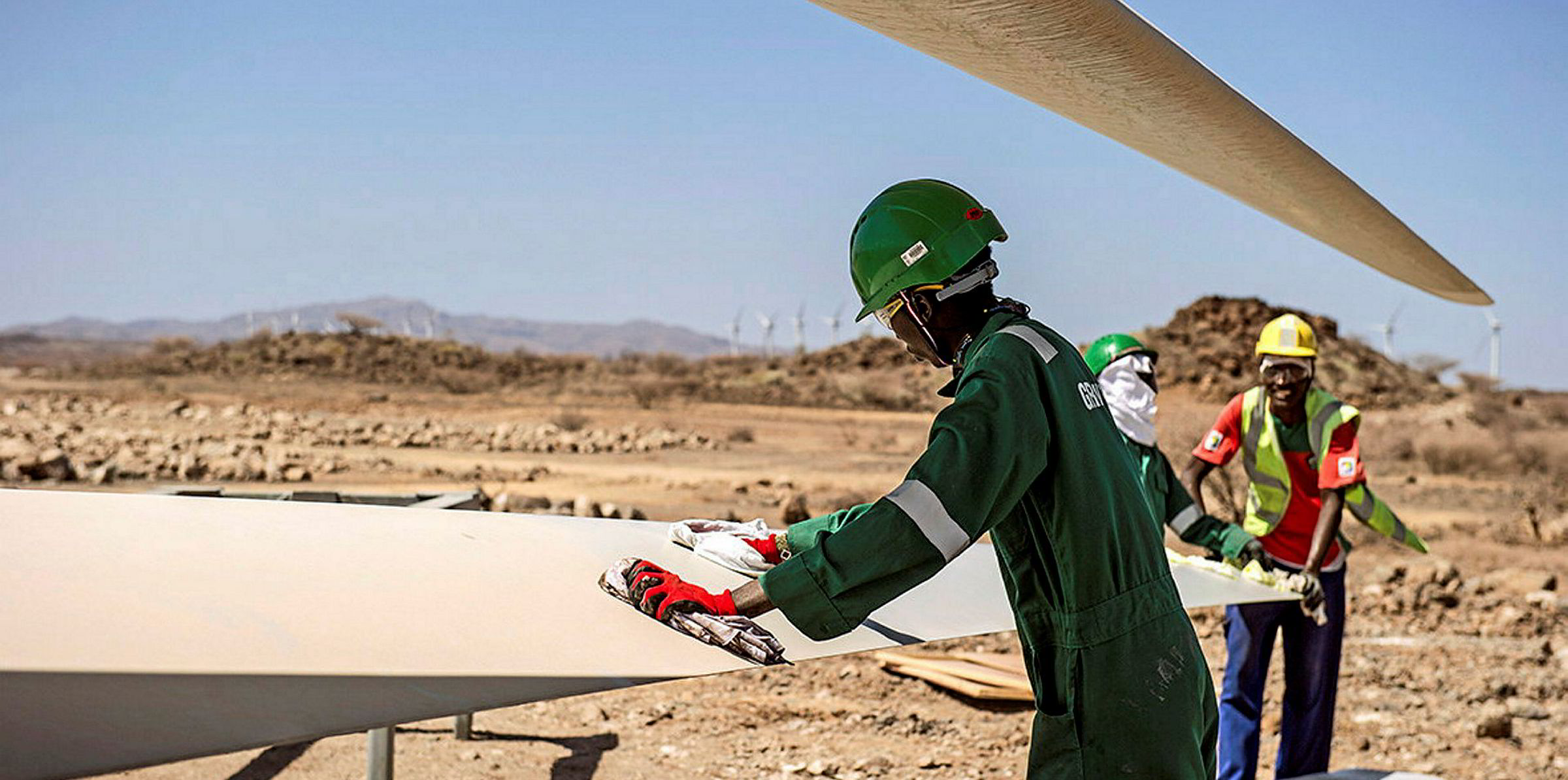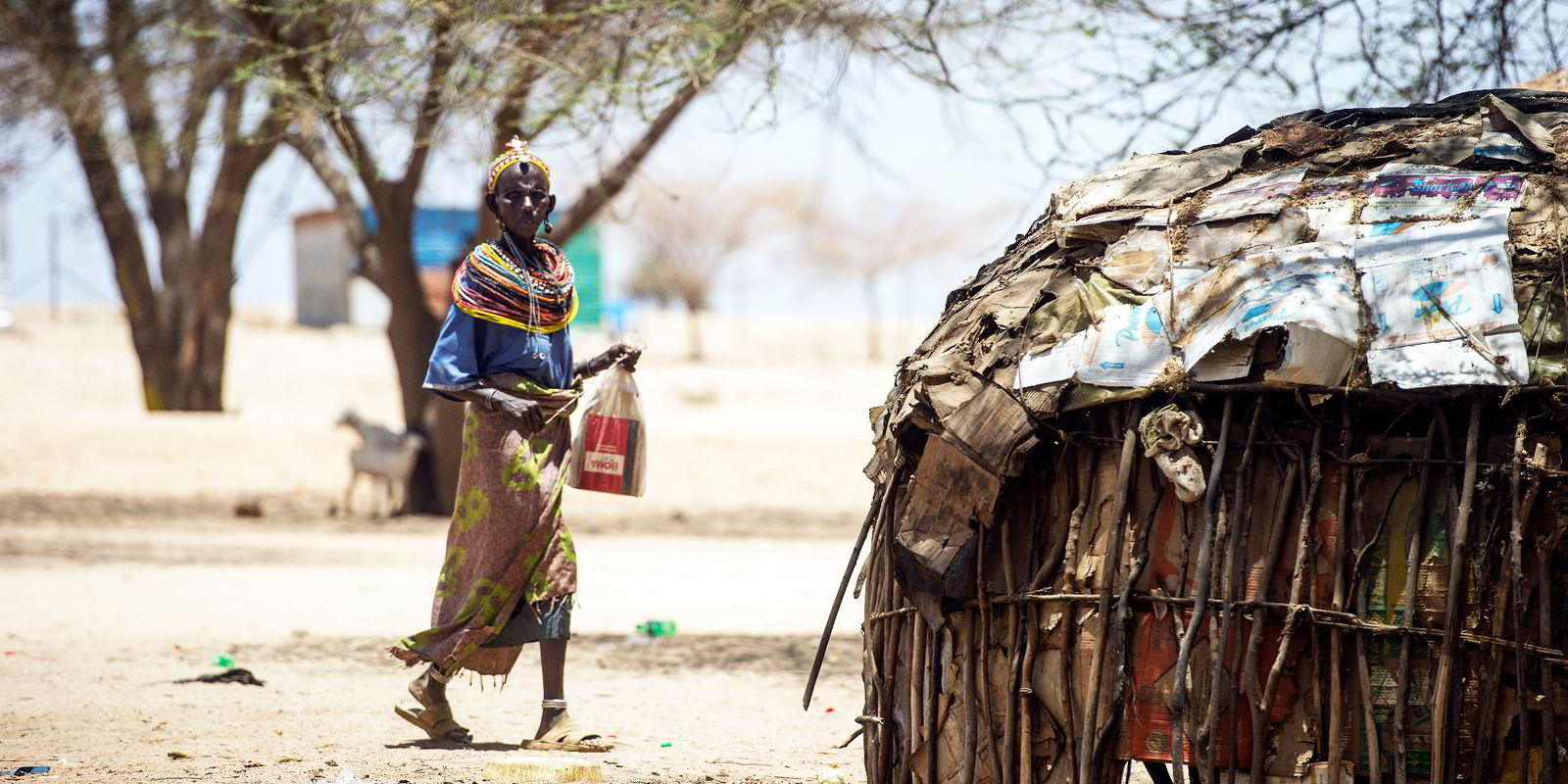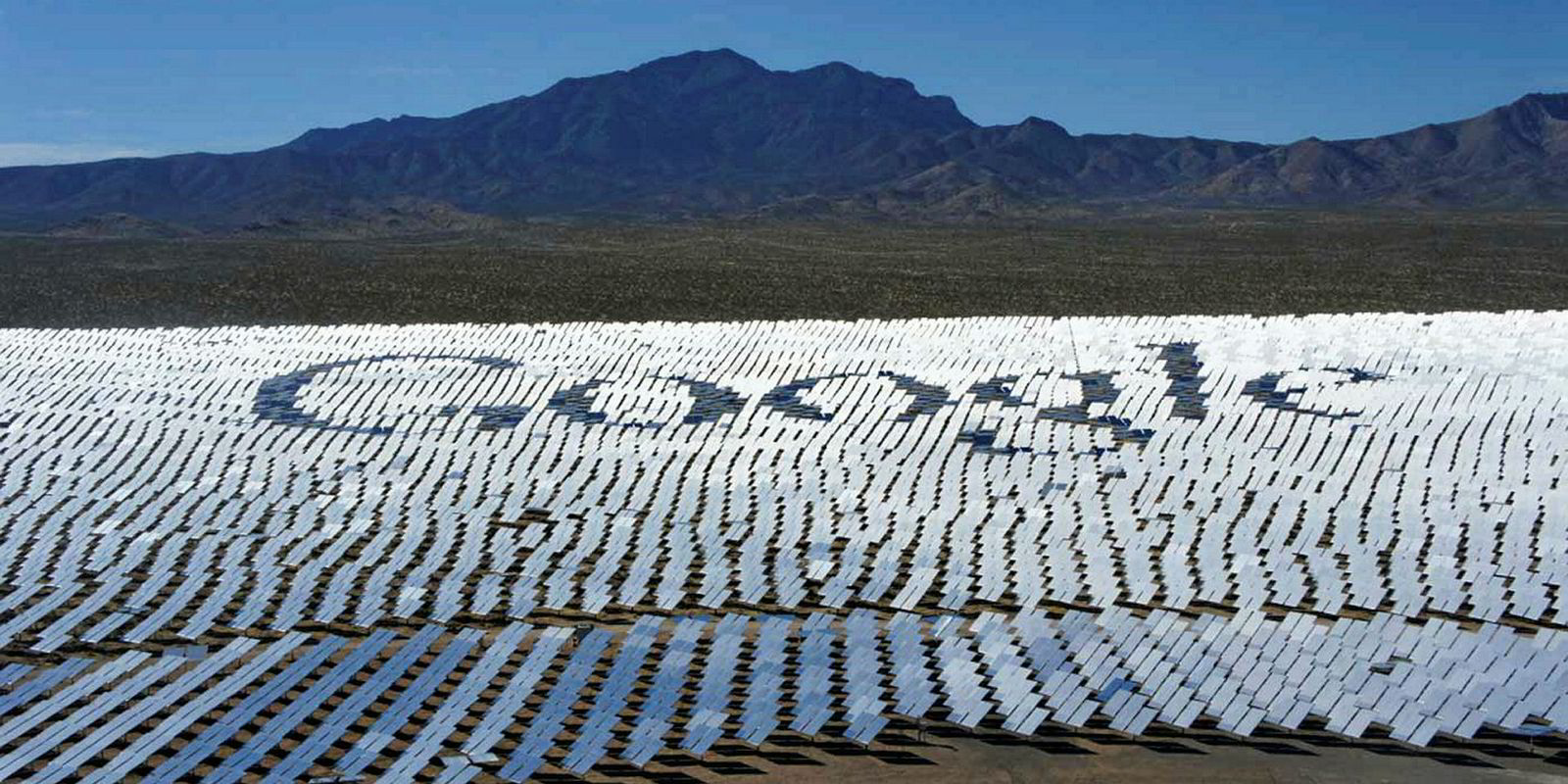Google won’t say when – or if – it will stick by an earlier pledge to become an investor in Africa’s largest wind farm, the Lake Turkana project in the northwest of Kenya.
Repeated requests by Recharge to clarify its intentions concerning the 310MW project – completed in 2017 but not online until late last year due to hitches with Kenya's national grid operator KETRACO – have gone unanswered by Google, which harvested glowing headlines globally in October 2015 when it said it was “committing to invest” in Lake Turkana once commissioned.
“Lake Turkana will help bring much needed capacity and stability to Kenya’s energy supply,” Rick Needham, at that time Google’s energy and sustainability director, said on its ‘Green Blog’, as it announced it would buy the 12.5% shareholding of Vestas, which supplied the turbines and ran construction of the wind farm – the continent’s largest to date.
A simultaneous statement by Vestas quoted John Woolard, vice president, energy at Google, as saying: “We are making a commitment to invest in Lake Turkana because it makes financial sense, but also because it has the potential to have a massive impact on Kenya’s grid.”
No financial value was put on the investment, but it was widely reported at around $40m.
The 2015 Vestas statement said Google would “formally join” the seven-strong Lake Turkana wind power investor group once the project was completed, which at that stage was expected in 2017.
However, although the wind farm itself was finished on time, it did not enter service until October 2018 after efforts to build its transmission link were stalled by financial difficulties at its original contractor and disputes with landowners along its 428km route.
With the project up and running for six months, a routine enquiry in April by Recharge over the expected timetable for completing the transaction went unanswered. Several follow-up requests to Google’s media relations team in the UK and US also met no response.
A London-based public relations firm employed by Google to field media enquiries claimed it had been “impossible” to contact anyone at the web giant able to talk about Lake Turkana.
Direct requests for comment to a senior executive in the global energy team at Google also remained unanswered.
Needham and Woolard have both left Google, according to their Linkedin profiles.
For its part, Vestas told Recharge it still expects to complete the transaction as communicated earlier. “That is the intention,” said chief financial officer Marika Fredriksson, while declining to comment further or put a timetable on the deal.
Project company Lake Turkana Wind Power said it would not comment on issues relating to individual shareholders, beyond sending a list of the current investor base: Aldwych Turkana Limited; KP&P Africa; The Danish Climate Investment Fund; KLP Norfund Investments; Vestas; Finnfund; and Sandpiper.
Google is one of the highest-profile corporate backers of wind and solar, most notably through power purchase agreements. The web giant claims it is the largest corporate purchaser of renewable energy globally.
The Lake Turkana project, first envisaged in the late 1990s, was confronted by regular setbacks throughout its long and arduous development, starting from early opposition from local tribes over land access and almost ending with the shock withdrawal of financial backing from the World Bank in October 2012.



